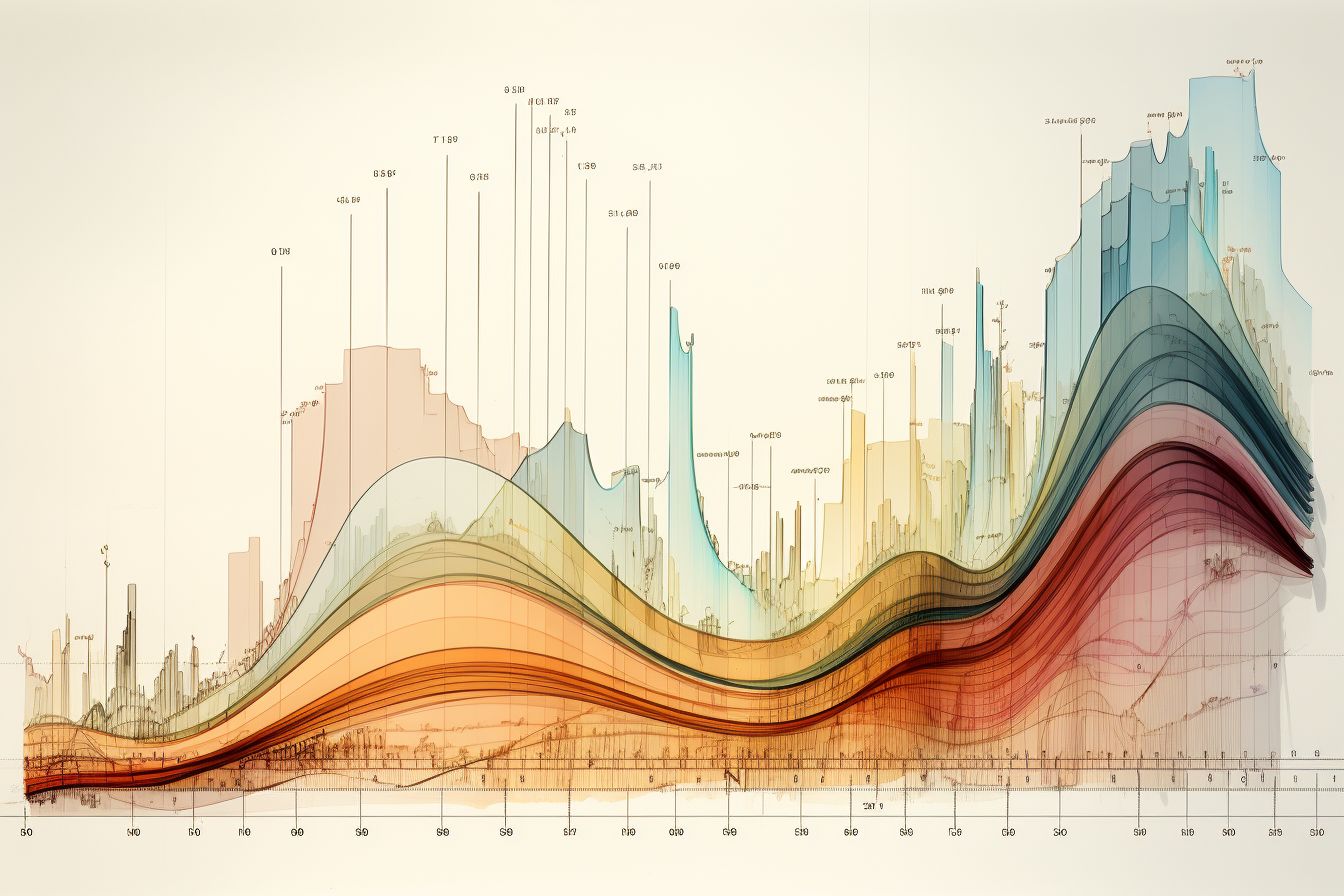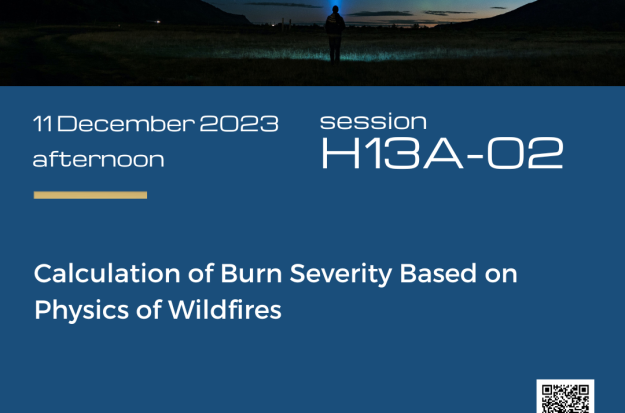The Importance of Burn Severity in Wildfire Studies
Burn severity is an indicator of how much heat has impacted the soil during a wildfire. It provides insights into potential soil erosion, changes in hydrological properties, and the overall health of the ecosystem post-fire. Traditional methods of assessing burn severity, primarily through satellite imagery and in-situ experiments, have been inadequate in facing the increasing complexity of modern wildfires.
Novel Approach to Assessing Burn Severity
Addressing the limitations of current techniques, this article presents a new numerical method to accurately calculate burn severity. The method analyzes the temporal variation of heat flux during a wildfire, focusing on the energy exerted on the soil. This approach not only provides a more accurate assessment of burn severity but also contributes to predicting the ecological aftermath of wildfires.
Detailed Analysis and Severity Mapping
By integrating a clustering method with spatial calculations of fire’s heat energy, the proposed method allows for the creation of detailed severity maps. These maps offer granular insights into the varying degrees of soil impact across different areas, facilitating targeted recovery and management efforts.
Insights from the Bear Fire Case Study
The application of this method to the Bear Fire revealed that simplifications in the model, like excluding early heat variations, do not significantly reduce accuracy. This finding suggests a potential for streamlined and efficient assessment processes without compromising on the quality of the data.
Future Research and Implications
While promising, further research is needed to perfectly align numerical predictions with real-world measurements. This gap presents an opportunity for improving our understanding of wildfire dynamics, particularly in the context of a changing climate.
Conclusion
The novel numerical method presented in this article offers a significant advancement in assessing wildfire burn severity, especially in the era of climate change. With its potential for more accurate and detailed analysis, this method is a valuable tool in understanding and mitigating the impact of wildfires on ecosystems, contributing to more informed and effective environmental management strategies in the face of the climate crisis.

 Big Data
Big Data
